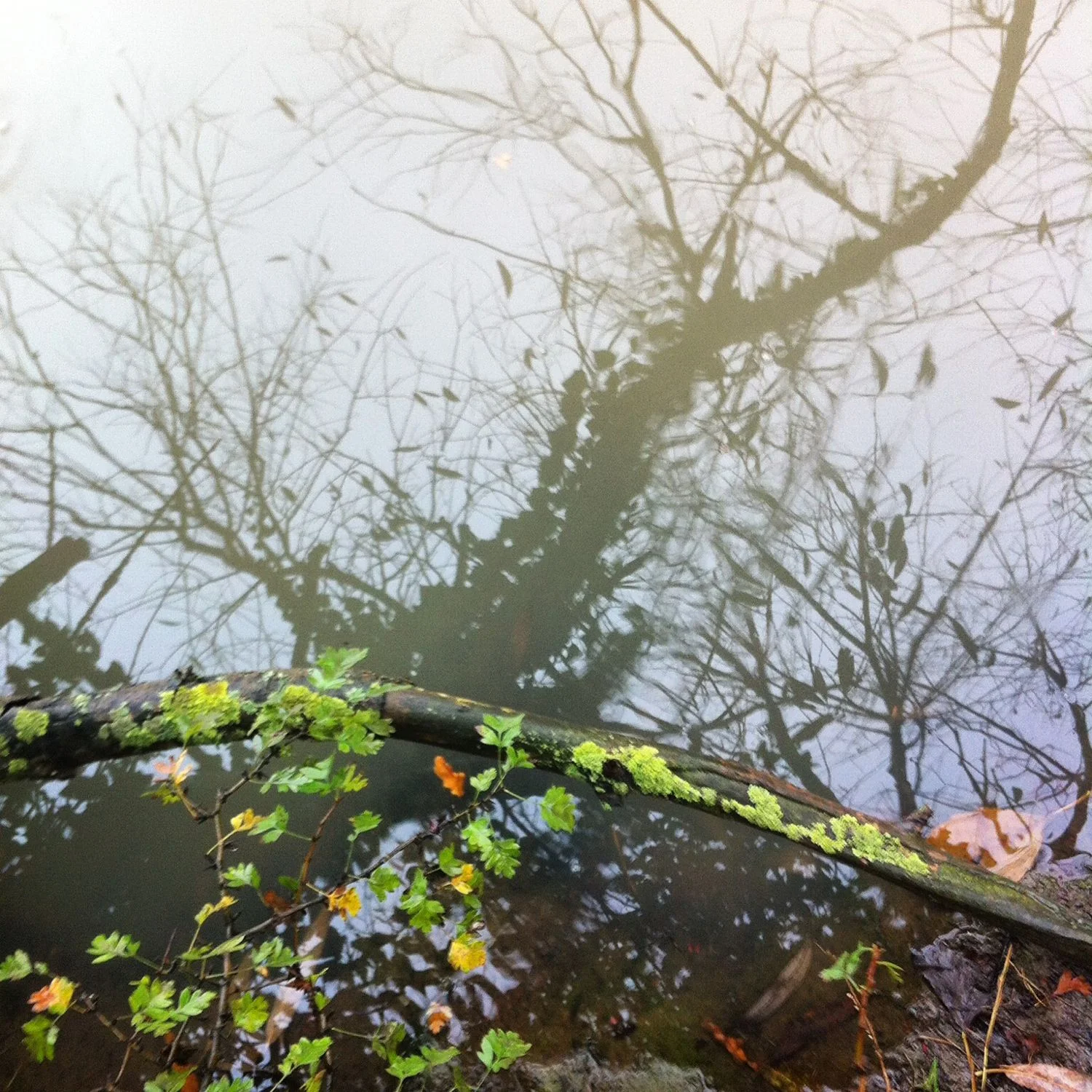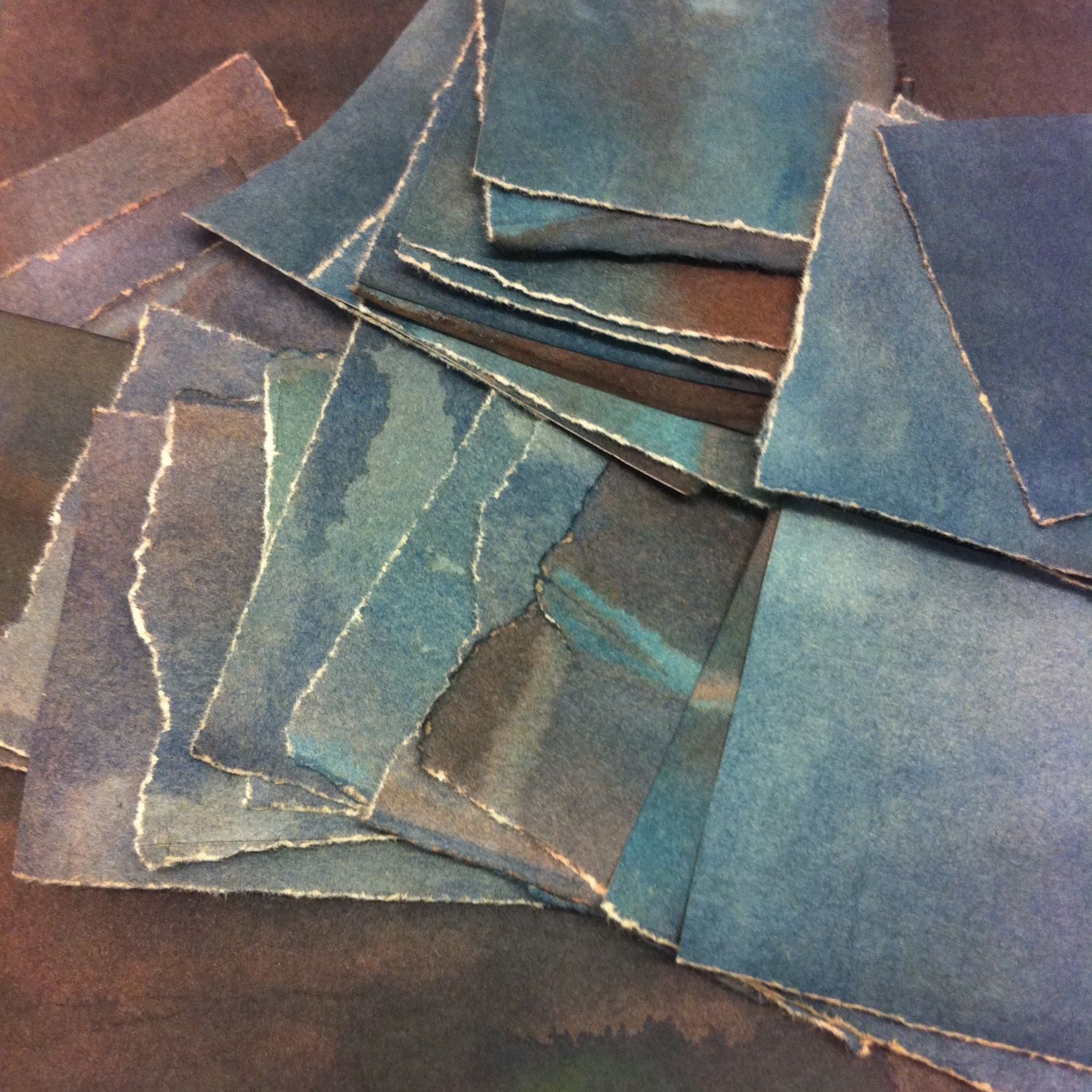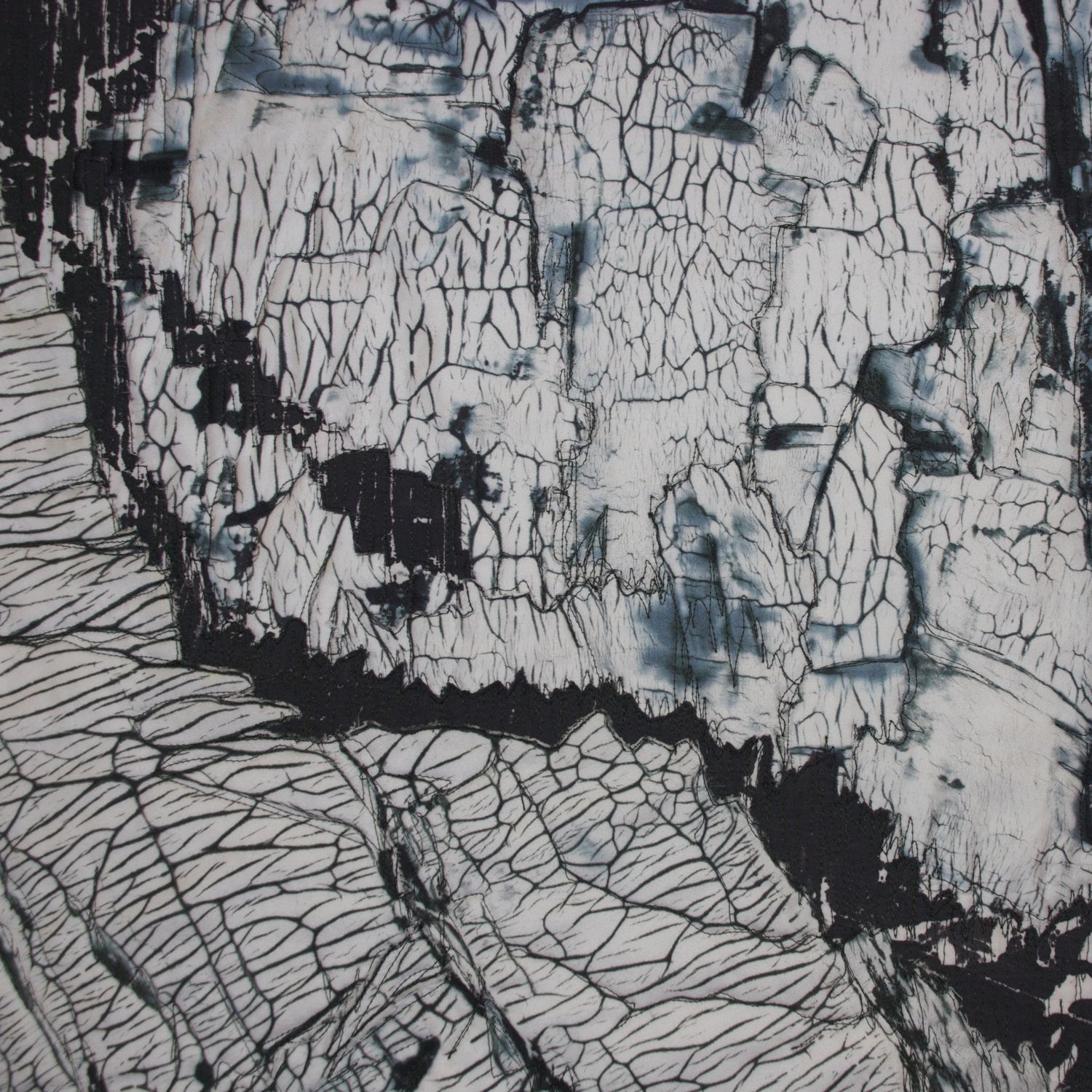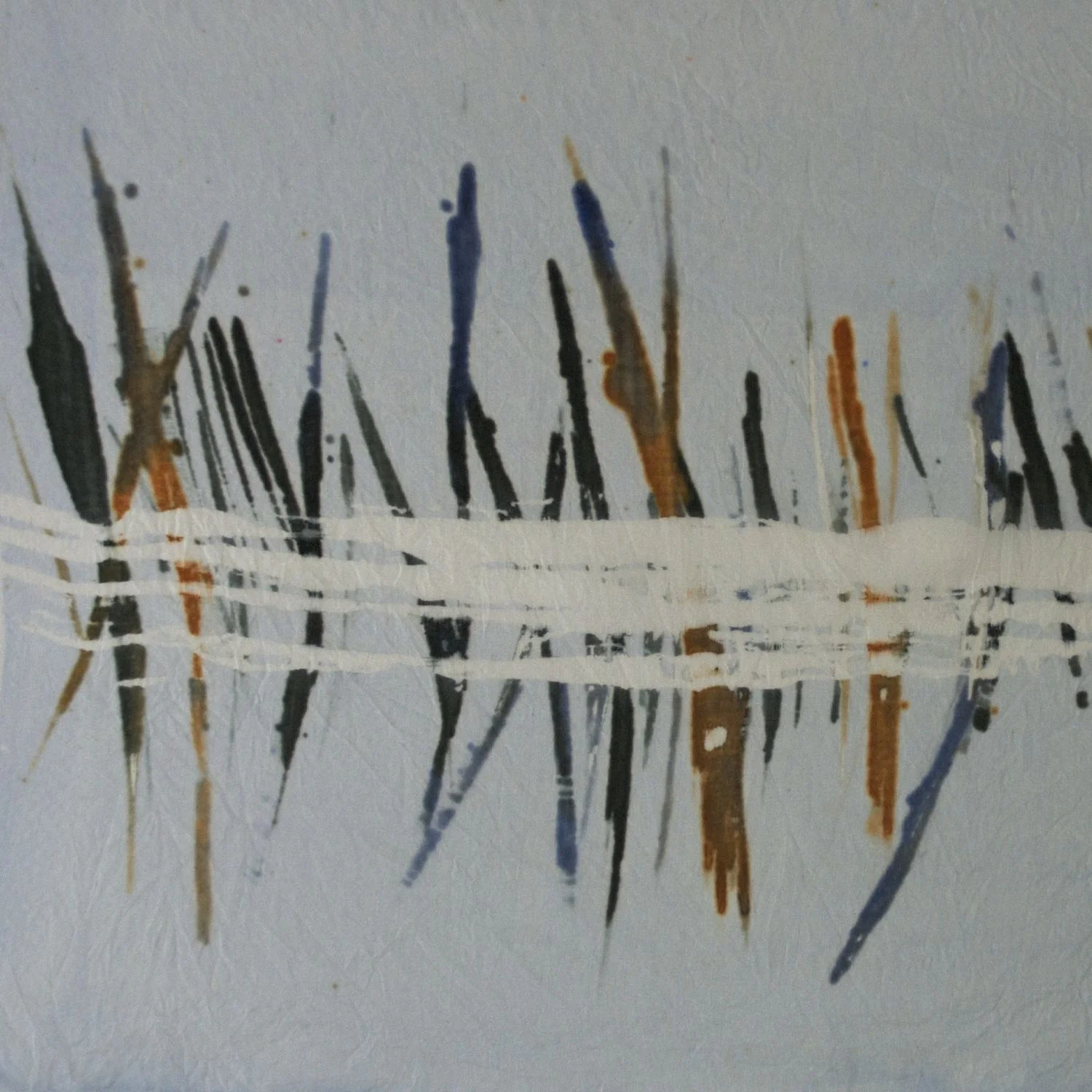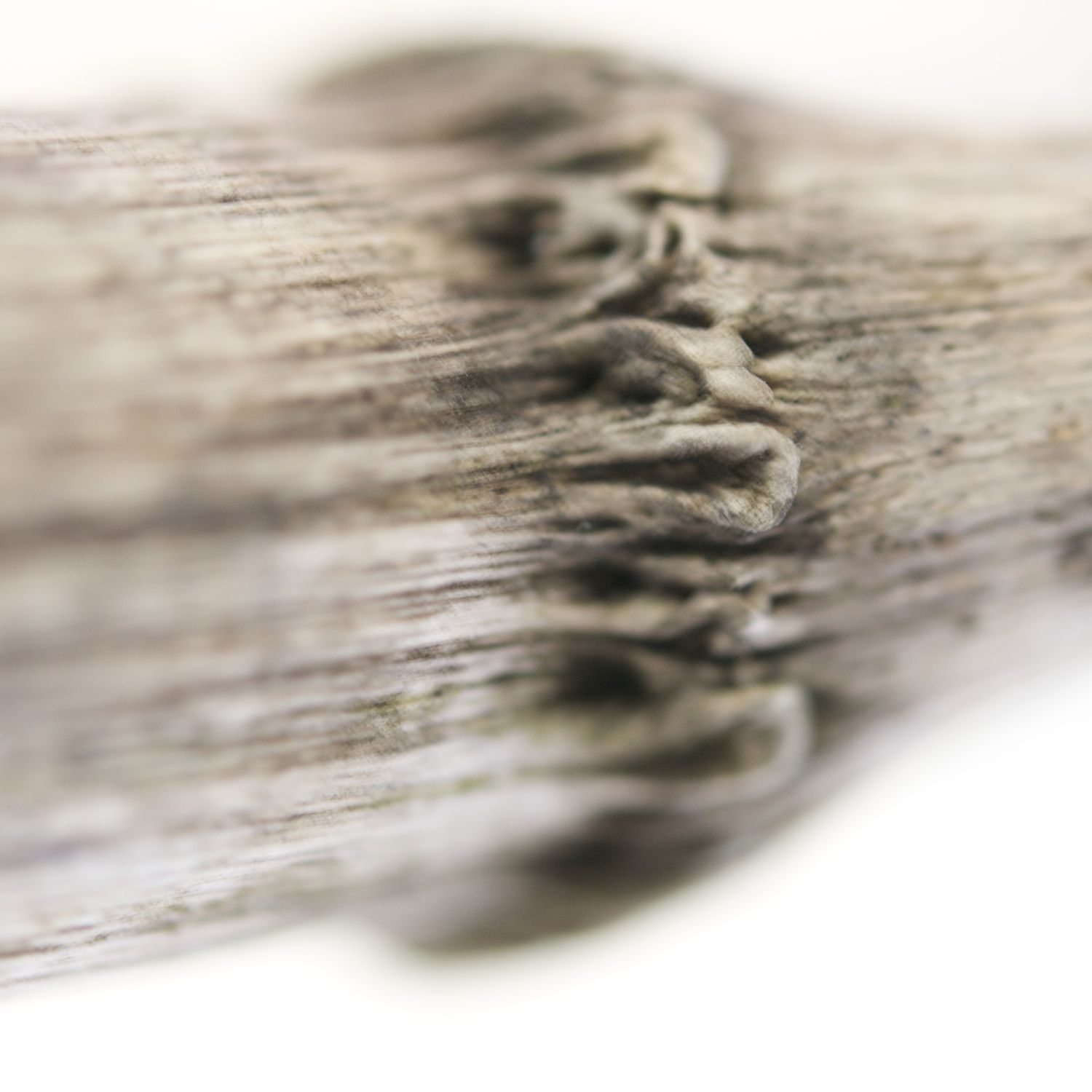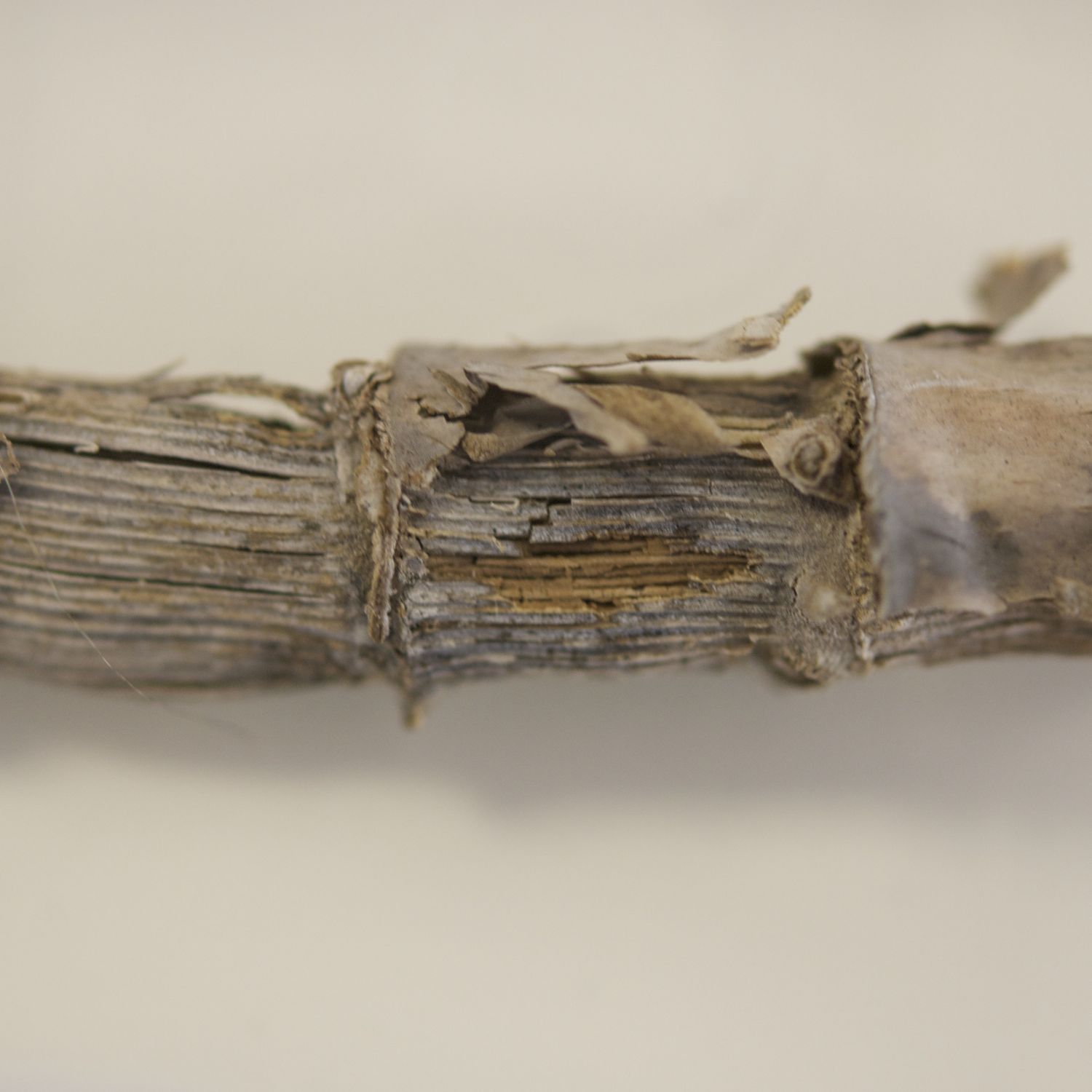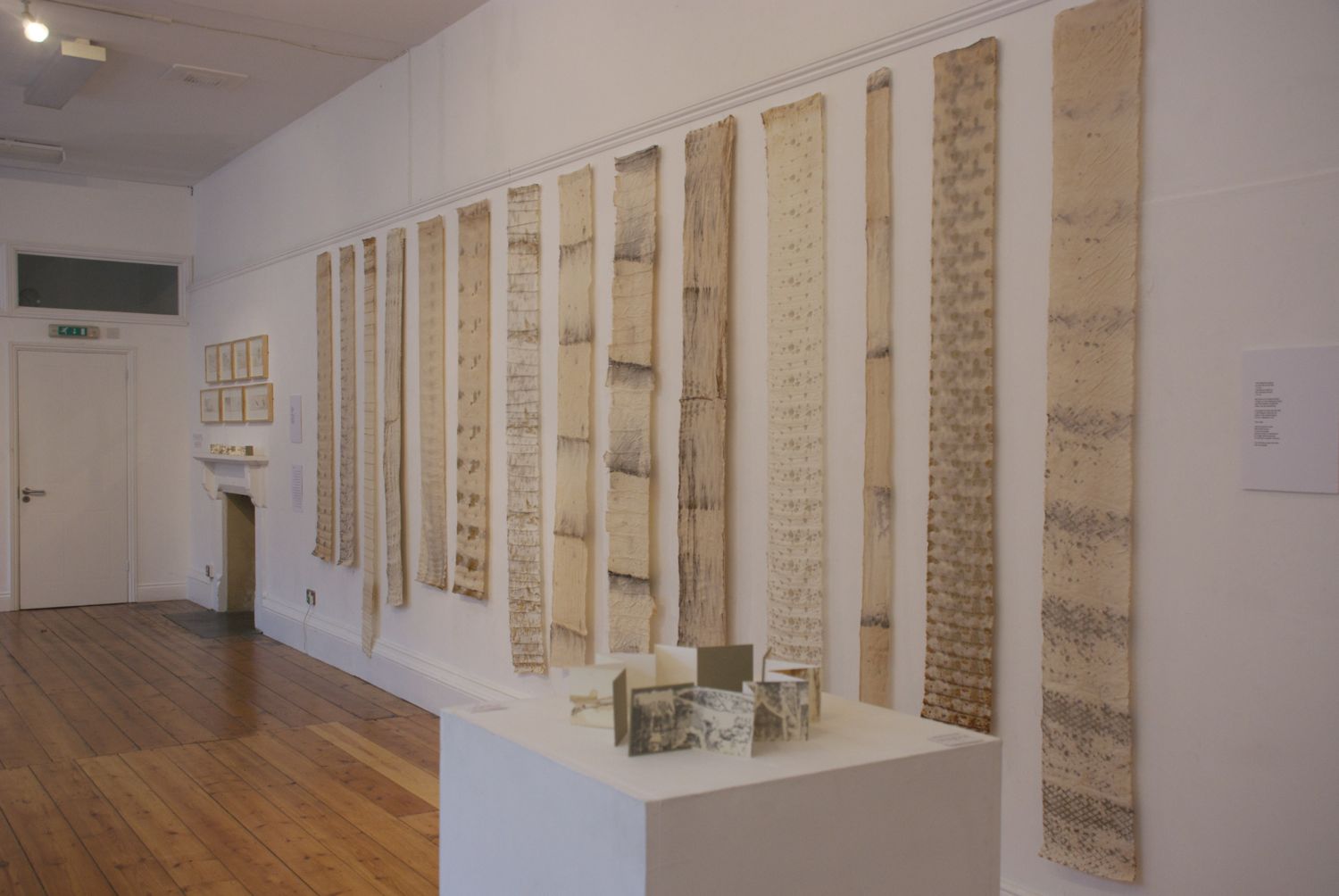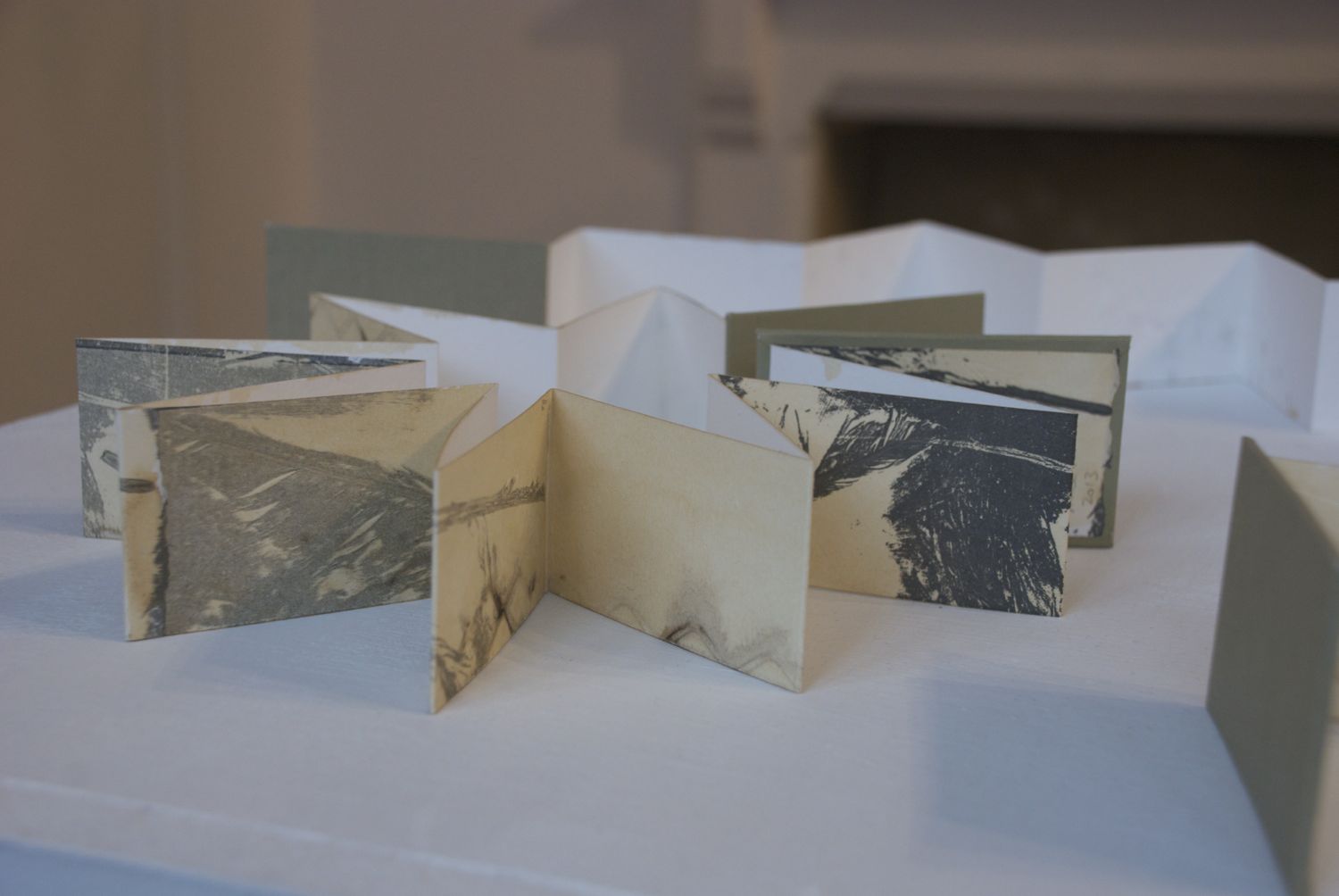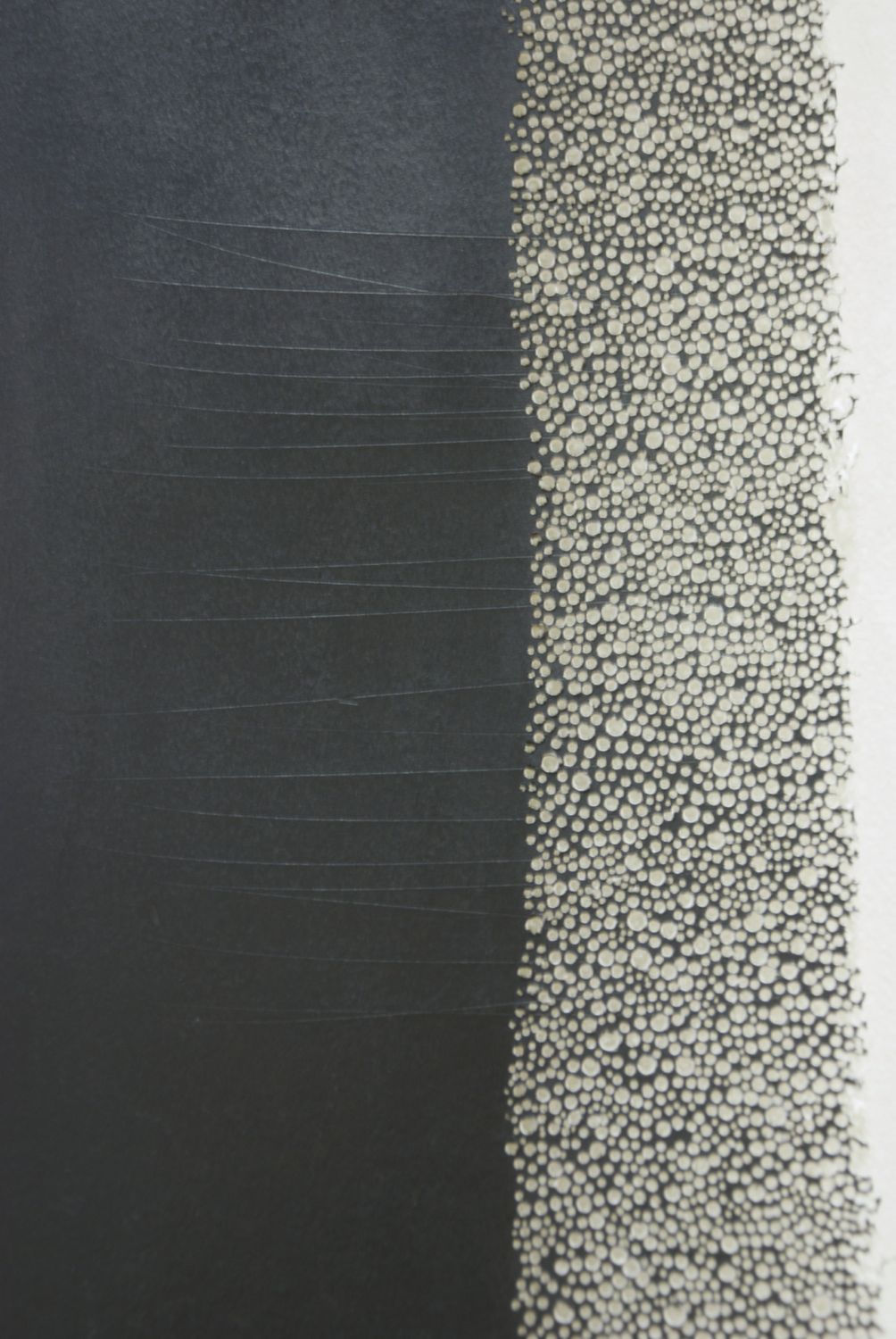Following my last post, where I noted there seemed to be a bias towards green, I also tested the effect of changing the strengths of each dye concentrate. This confirmed that changing the strength of each dye in relation to the others would alter the colour. I know that sounds obvious but it was fascinating to see the effect of actually doing this. Basically, if I had mixed the yellow dye stronger and kept the red and blue equal, I would probably have had less greens and more browns. And if I had mixed the blue stronger instead, I might have seen more greys and blues.
The disadvantage of this exercise was that it was not logistically possible to try out different values of these colours at the same time. So I am planning a phase two, which will involve selecting some of the colours from these results and using them as the basis for dyeing a "family" of lights and darks. Not yet though ... I need to do something different for a while!
So, why?
Effectively I have dedicated three weeks of precious studio time to this exercise. I had plenty of opportunity while dyeing, rinsing, cutting and mounting swatches ... to contemplate why on earth I was doing this. Was it the best use of my time? I could have been drawing, making new work, preparing cloth for shibori, mark-making with thickened dye, experimenting with wax resist ... all on my studio to do list.
Part of it is just that obsessive wanting to know "what will happen if ...?" - that itch to resolve the tension between knowing the theory and not knowing what will happen in practice. The reward is all those surprise results - seeing two colours mixed together result in some gorgeous, unexpected new shade. That's the playful, self-indulgent motivation behind this exercise.
But I came to the conclusion that there is a more serious purpose. I realised last year, when I did a workshop with Dorothy Caldwell, that colour is as important to my work as mark-making. And the kind of colours I want to achieve are the subtle, hard to define ones. Which means I do need to thoroughly understand how my dyes behave and how to mix those difficult colours. So the real reward for all that labour and studio time is the learning and the mountain of information I now have that I can draw upon in all my future dyeing. It's part of the underpinning research that will help me make better work.
I'm also starting to think about developing a workshop based on this. Or maybe an ebook. I'm thinking not so much of an introduction to dyeing, but more of a colour theory for dyers course. Is there a demand for this? Would people prefer a course or some kind of online option? Leave a comment or email me via the contact form - I'd love to know what others think.








